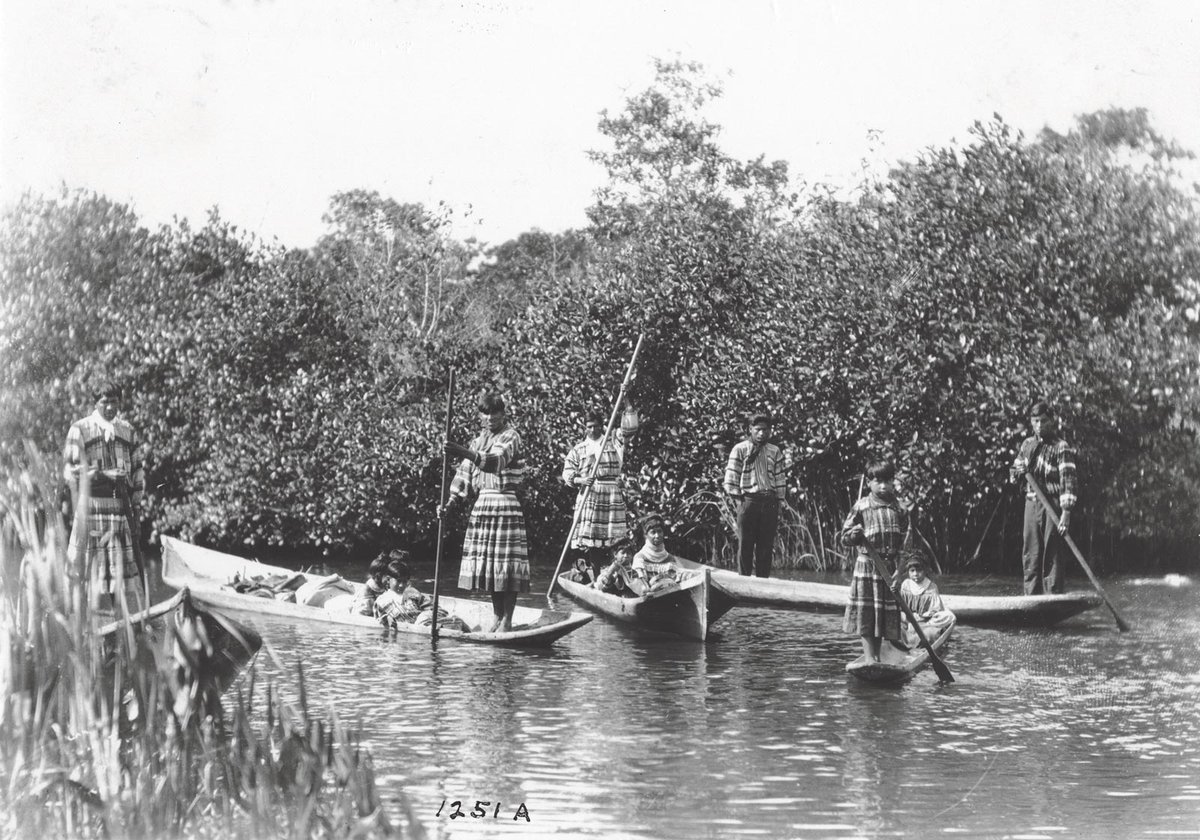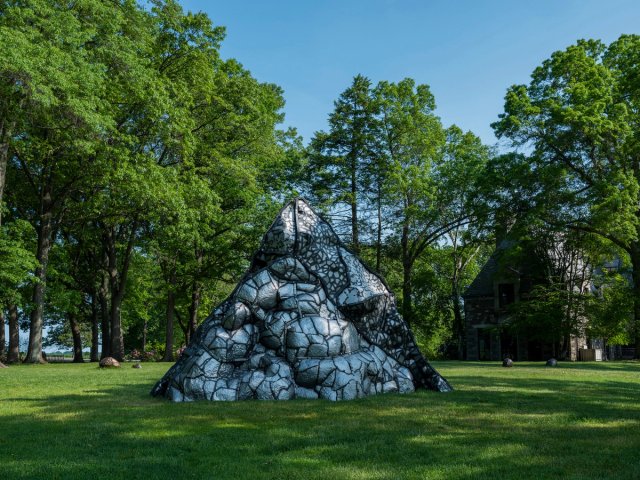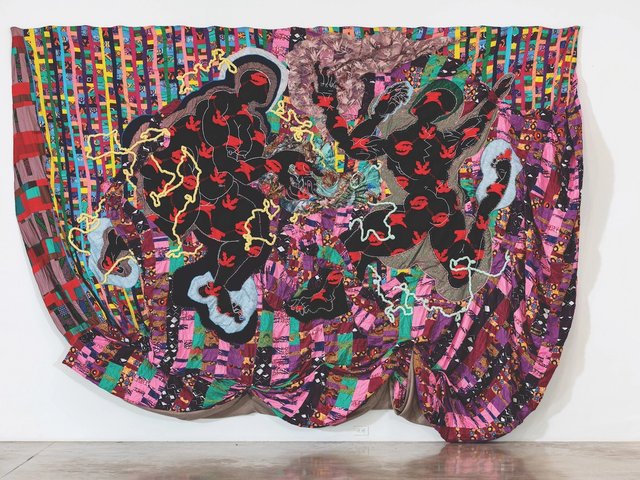As Everglades National Park prepares to celebrate its anniversary, on 6 December, the HistoryMiami Museum is marking the occasion with two exhibitions looking back at the development and preservation of South Florida’s showpiece park. An online show, The Everglades: Exploitation & Conservation, is complemented by the in-person exhibition Traversing the Wilderness: Exploring Human Transportation Across the Everglades (until 12 February 2023).
The third-largest national park in the contiguous US (excluding in Hawaii and Alaska), the Everglades is home to an exceptional range of flora and fauna, and evidence of occupation by the Miccosukee and Seminole tribes dating back thousands of years. And though its landscape—flat, wet and teeming with wildlife—may feel removed from the vibrant crush of humanity in Miami, the two are intimately linked.
“Miami is tied to the Everglades—the Miami River and various rivers throughout southern Florida flow out of the Everglades and into the Gulf of Mexico, Biscayne Bay, the Atlantic Ocean and the Caribbean,” says Christopher Barfield, the curator of exhibitions at HistoryMiami Museum and co-curator of Traversing the Wilderness—along with Alan Scott, Bonnie Ciolino and Ashley Trujillo. “If you’re a Floridian, the Everglades is important to you. The state is making strides toward restoring and preserving the park, and that is good for the entire state.”
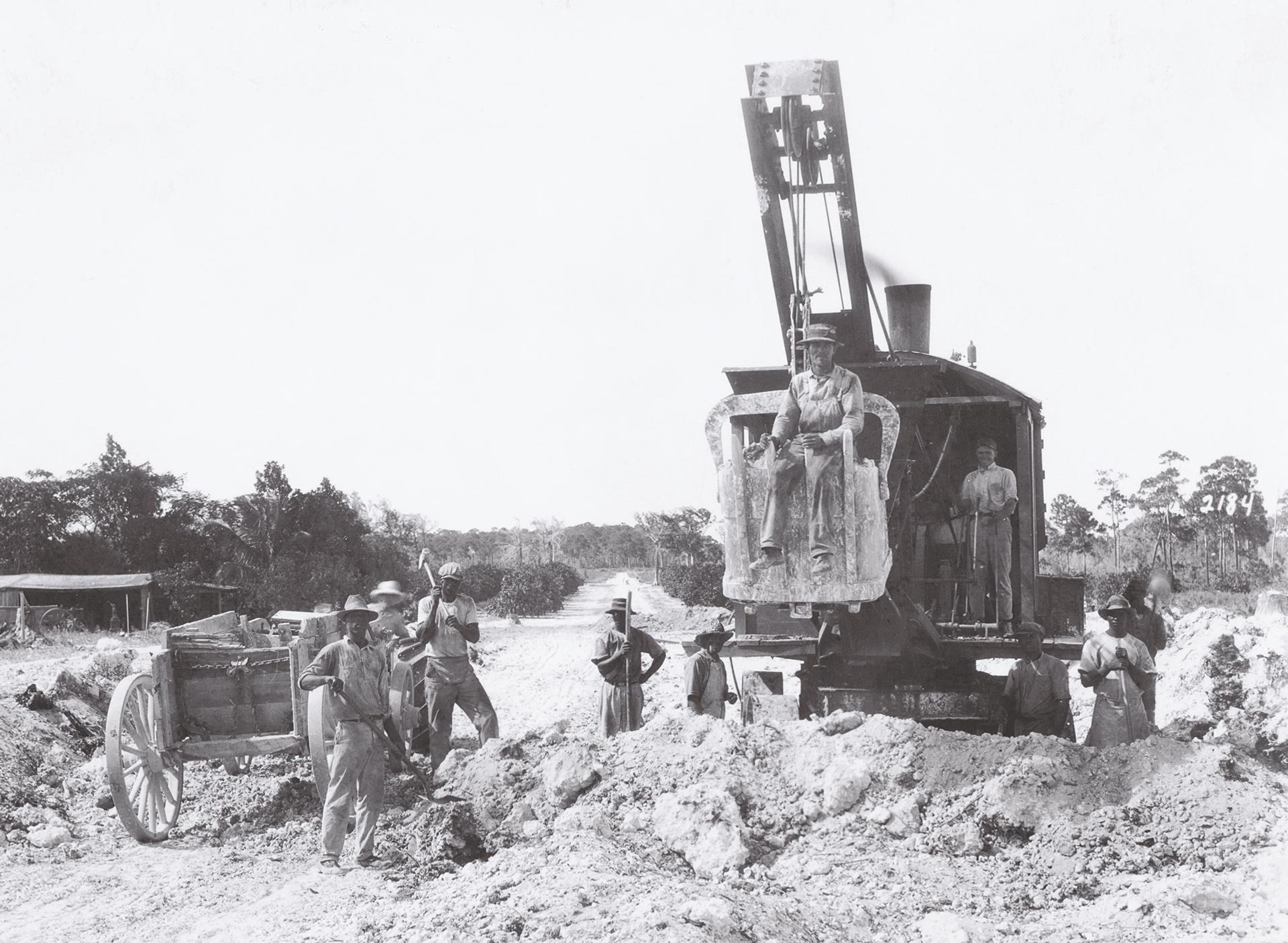
Courtesy of HistoryMiami Museum
Workers on the Tamiami Trail, 1921
Steam-powered backhoes, barges, dynamite—and hard labour—were all used to build the Tamiami Trail, the first major road to cut across the Everglades.

Courtesy of HistoryMiami Museum
Airboat on sawgrass prairie, around 1960
Flat-bottomed airboats became popular in the 1930s, at the time they were invented, and used for frog hunting in the shallow Everglades prairies.
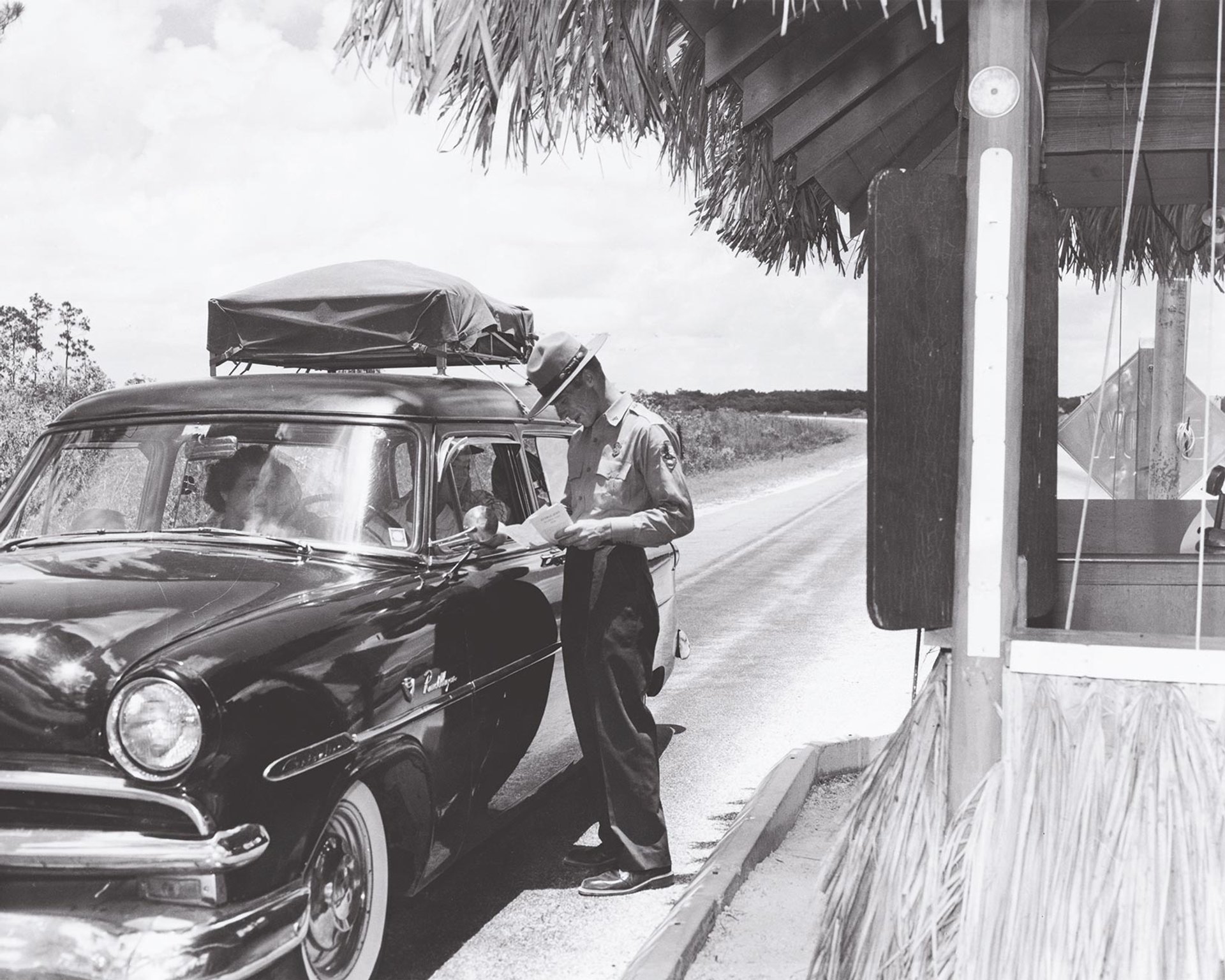
Courtesy of HistoryMiami Museum
Exploring the park by car, around 1955
By the mid-1950s the National Park Service had paved the Ingraham Highway and begun collecting entrance fees at this thatch-roofed entrance station.

Courtesy of HistoryMiami Museum
Pa Hay Okee Trail, 1960
The first visitors to the park had to slog through the water. Now there are roads, parking lots and boardwalk trails to make exploring the park easier.

Courtesy of HistoryMiami Museum
Clearing paths, 1955
Seminole foreman Corey Osceola (centre) and his team use small skiffs to clear a path for the Halfway Creek boat tour trail in the 10,000 Islands area of the park.

Courtesy of HistoryMiami Museum, Miami News Collection
Installing boundary signs, 1953
Park rangers use a modified tractor to access remote parts of the then newly established Everglades National Park.


